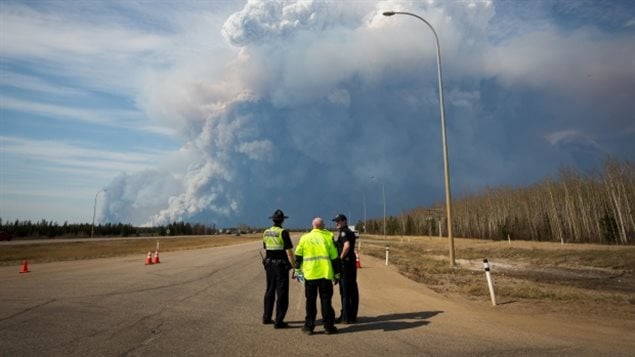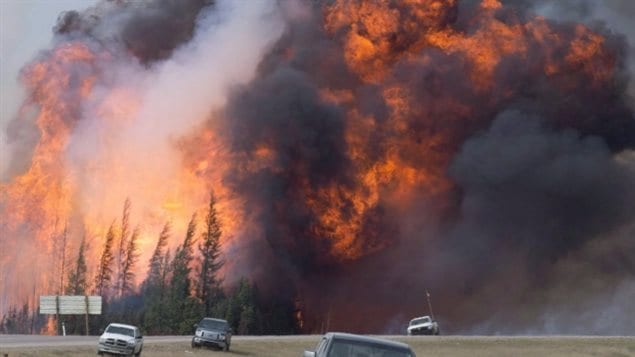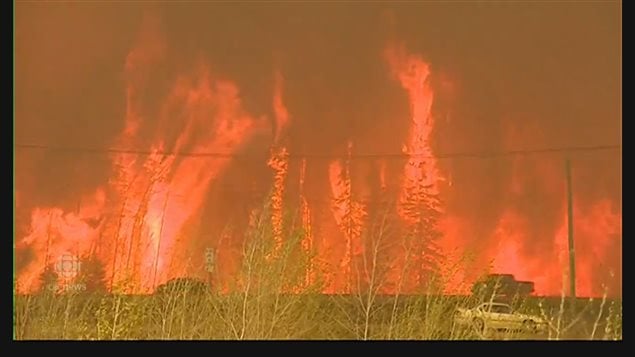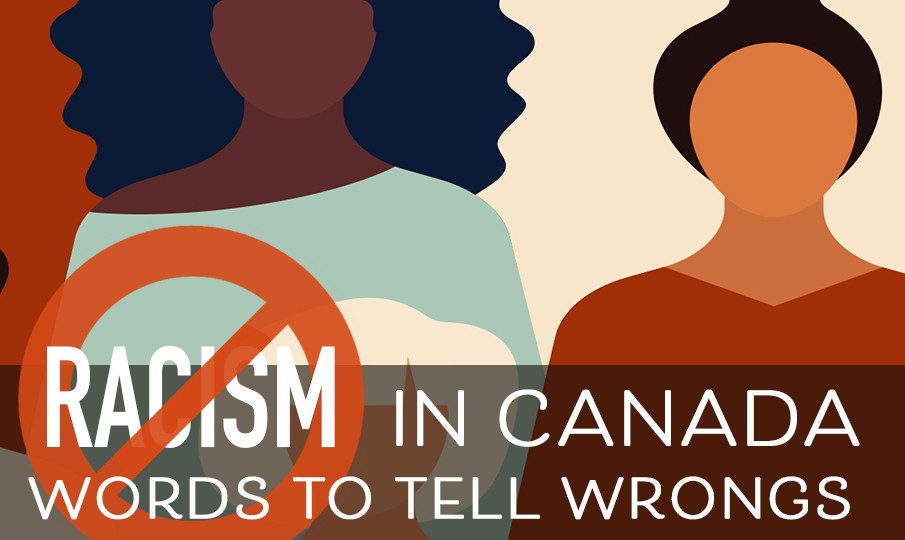The recent and still raging wildfire which destroyed a portion of the Alberta town of Fort McMurray, has attracted worldwide attention.
Other wildfires so far this year have also forced evacuations in other provinces in Canada, and wildfires are now becoming more common in this country and elsewhere around the world.
Mike Flannigan has been studying wildfires since the late 1970’s. He is a professor of wildland fire in the Department of Renewable Resources at the University of Alberta. He is also Director of the Western Partnership for Wildland Fires
Listen
Professor Flannigan says there are now about twice as many wildfires in Canada as there were a few decades ago.
Fires are started by summer lightning storms, and by careless humans. For example, the still burning fire which destroyed over 2,000 buildings in Fort McMurray, is still under investigation but it is suspected that it was started through some careless human activity.
However Professor Flannigan says he and many other scientific experts note that the incidence of more and bigger fires is attributable to anthropogenic (human caused) global warming (AGW) This, he says, is changing the climate and warming the Earth which is creating the conditions which promote more and bigger fires.

The fires in turn contribute to added greenhouse gas in the atmosphere, especially peat fires. Flannigan recalls that scientists calculate peat fires in Indonesia alone in a 1997-98 fire season were equivalent to 20 to 40 per cent of global fossil fuel emissions.
He adds that the boreal forests of Canada, Alaska, and Russia together have 30 times the amount of peat of Indonesia and that this vast carbon legacy in our forest is now becoming more vulnerable as hotter and drier years means more of the usually damp peat is drying out and becoming more of a deep soil fuel risk.

In terms of mitigating the fires, Flannigan point out that there are more education programmes along with more restrictions on people in terms of forest activities, that may help reduce the number of human started fires (improper campfires, hot exhausts of off-road vehicles, careless smoking etc).
As more communities expand into the boreal forest in Canada, he notes that protective measures can be taken (Fire Smart Canada) by removing trees-especially conifers- near the communities and thinning the forest around town to remove and reduce fuel availability for a wildfire.
However, he believes that although in the future there will be cooler and wetter years, the general trend points to generally hotter and drier conditions, and therefore, more and larger fires.







For reasons beyond our control, and for an undetermined period of time, our comment section is now closed. However, our social networks remain open to your contributions.